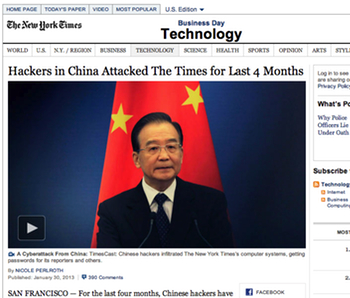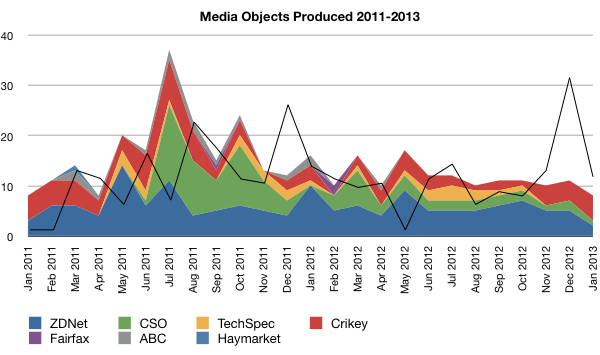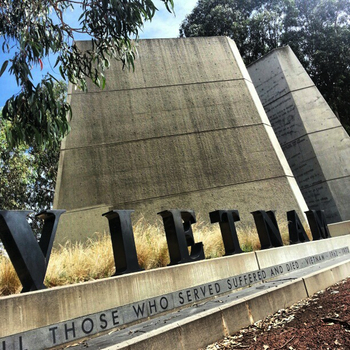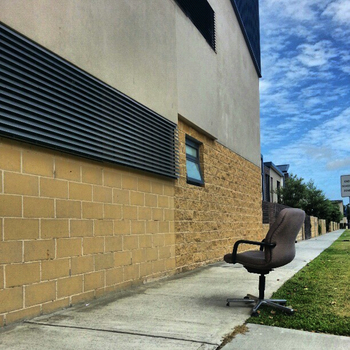 Last week, reportedly, Twitter spent $100 million buying Bluefin Labs, a media analytics company that claims to be able to provide details semantic analysis of Twitter chatter about TV programs.
Last week, reportedly, Twitter spent $100 million buying Bluefin Labs, a media analytics company that claims to be able to provide details semantic analysis of Twitter chatter about TV programs.
I ended up talking about this, and about social TV and other things, with Richard Aedy on ABC Radio’s Media Report.
Twitter has just bought a company that trawls social media to find out what people are saying about television programs. Stilgherrian believes Twitter sees itself more and more as a media and analytics company as opposed to a social communication company. So what is Twitter planning to do with information about what people say online about programs they love and hate?
It’s nice that Mr Aedy and his producer trust me to go live on National Radio. Yes, I behaved myself.
Podcast: Play in new window | Download (4.6MB)
The audio is ©2013 Australian Broadcasting Corporation, and this is just a copy of the audio that’s posted on the program website.




